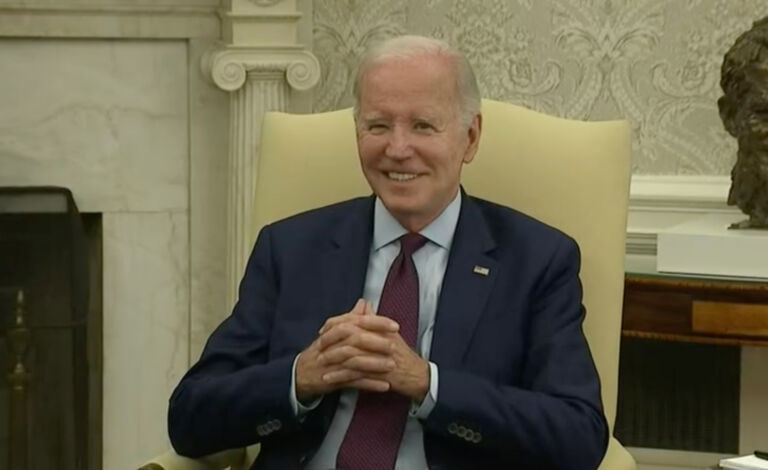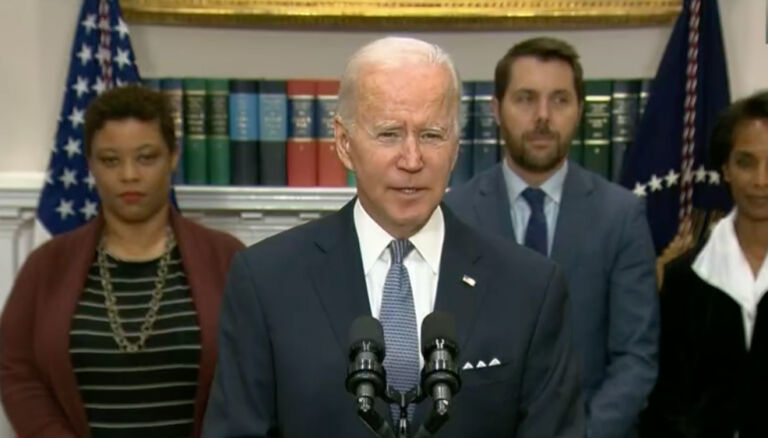Ron Faucheux of the Washington Examiner probes the link between President Biden’s approval ratings and next week’s midterm election results.
President Joe Biden is in the final days of his first midterm elections campaign. With an approval rating of about 42%, how does he stack up against other presidents at this same point in their terms? And what does his standing say about the upcoming elections?
The record, compiled by Gallup, shows that the four presidents with the lowest job ratings during the three-month period leading up to their first midterm elections were Bill Clinton and Donald Trump, with 41%, and Jimmy Carter, Ronald Reagan, and Biden, with 42%. How did each president’s party do in their first midterm elections?
The two past presidents averaging 42% approval ratings at this moment saw their parties suffer losses in Congress as well as governorships. In 1978, Carter’s Democratic Party had a net loss of three Senate seats, 15 House seats, and five governors. Reagan’s Republican Party in 1982 had a net loss of one Senate seat, 26 House seats, and seven governors. Presidents averaging 41% approval ratings took even bigger hits, with one exception. In 1994, Clinton’s Democratic Party lost a net of eight Senate seats, 54 House seats, and 10 governors, one of the biggest midterm defeats in history. While Trump’s Republican Party lost 41 House seats in 2018, a serious thrashing, and six governorships, they cushioned these losses by winning a net gain of two Senate seats.
In 1978, Democrats retained control of Congress despite Carter’s low ratings. A deepening recession hurt Reagan’s popularity in 1982, and that elevated economic and budget issues in the campaign. In the end, Democrats held the House, and Republicans kept the Senate. The only independent senator, Harry Byrd, Jr. of Virginia, retired, and a future Democratic presidential nominee, Michael Dukakis, was elected governor of Massachusetts.


